
Every year, hundreds of thousands of kids find themselves confronted with the possibility or the requirement of participating in a science fair. Science is a huge part of our daily lives, and those yearly projects have the potential to spark the interest of many a budding scientist!! It can be quite a daunting experience for those who have never been required to perform an experiment. However, with a little preparation and diligence, the annual science fair can be a very exciting part of your school year.
Finding A Subject To Research
To begin with, when choosing an experiment, or research study to explore, I would encourage you to focus on something that truly sparks your interest. It is very important that you are passionate about the subject that you are working with because the process will be much more enjoyable. When you are passionate about a subject, every little piece of new information seems to spark further interest, and that is when true learning occurs.
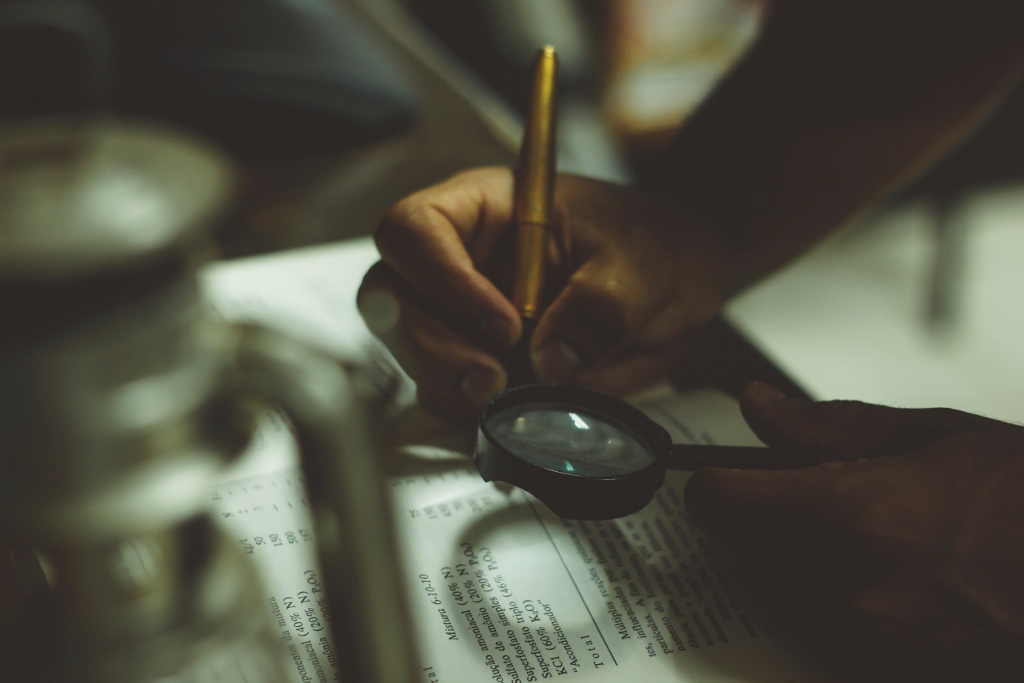
Another important thing that I have to offer is to take your time and start early! As a matter of fact, I suggest that you kick around some ideas during the summer
Finding a subject that interests you is probably the most important part of doing a science fair experiment. For example, if you are a bicycling enthusiast, you might want to find a better way to design a gear shifter, design an easier way to repair a flat tire or to prevent them from occurring in the first place! Also, you might live in an area where the water quality is very substandard. Just imagine how amazing it would be to develop a biodegradable filter for your water supply that improved the water quality and cost just pennies to manufacture! The ideas are as endless as the limits of your imagination! Also, remember that there is no right and wrong when doing science experiments because the focus should be on learning and increasing your knowledge of the subject. Occasionally, you will come across a landmark discovery, but in general, the science fairs provide building blocks for future research to build upon.
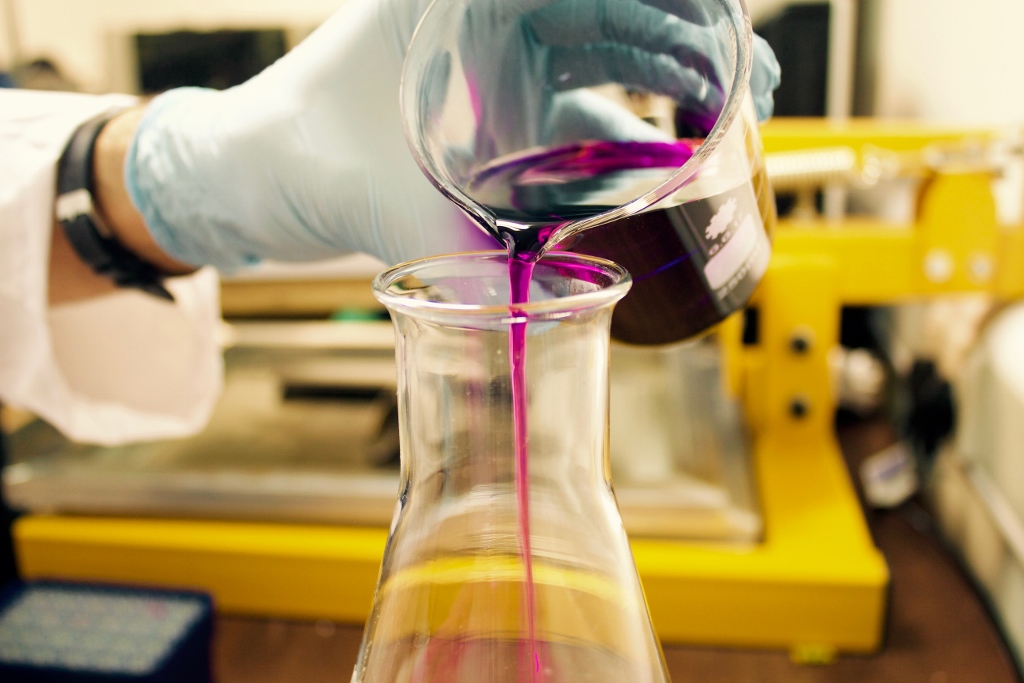
The Scientific Method
For a science experiment to be highly successful, it is very important to follow the scientific method.
The Scientific Method basically consists of:
- Observing something
- Forming a hypothesis
- Designing an experiment that tests your hypothesis
- Performing the experiment
- Collecting data
- Analyzing your data.
- Formulating conclusions and accept or reject hypothesis
Once you have a subject to explore, you must form a hypothesis. WOW! That is a big word, but what it really means is that it is an educated guess about what result an experiment will produce. For instance, imagine that you observed that a surface became extremely slippery when it got wet. So, you decided that by adding a certain additive into a coating, the surface would not be as slippery. That would be your hypothesis, and once you formulate your hypothesis, you then need to work on your experimental design and testing procedure.
Experimental Design
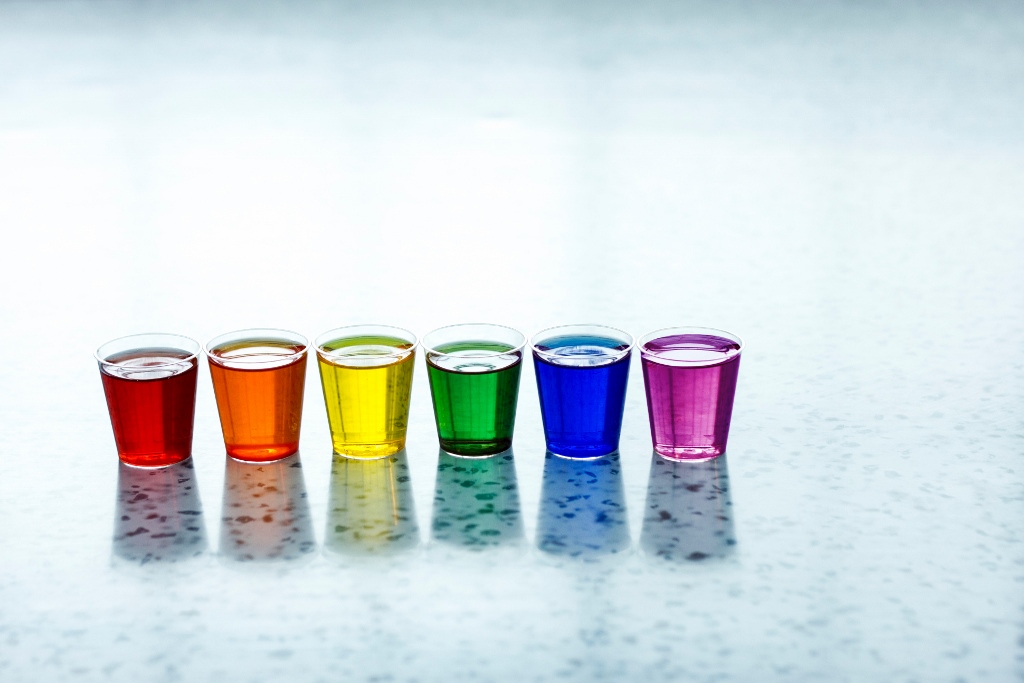
The experimental design must include both independent and dependent variable, as well as a control. It is important to include a control for your experiment because that gives you a baseline before anything is manipulated in the experiment. The independent variable is something that is manipulated that, potentially, has a direct effect on the dependent variable. For example, if you were to test grip strength of 3 glue formulas, the different formulas would be the independent variable, and the grip strength would be the dependent variable. So, the thing that we manipulate is the glue formula (Independent Variable), and the grip strength (Dependent Variable) is the thing that we measure.
The experiment should be designed so that all the variables are tested as equal as possible. The same procedure should be followed for each trial, so the exact same amount of each substance should be used for each test, the same amount of time should be given for each trial, and the same mixing or measuring process should be employed. These are only a sample of the things that should, or could be performed, but essentially, everything that is done for one trial should be carried over to every other trial in the
All data should be collected, and it should be recorded in a neat and orderly fashion. It is important to keep very detailed notes so that you can refer to them if the need arises. It is important to keep detailed notes so that your experiment can be replicated by others in the future. All your data is important, and you need to be very meticulous when collecting it so that, when it comes time to analyze it and calculate the results, everything is easy to read and readily found in tables and graphs. Your lab notebook is a very important part of the entire research process.
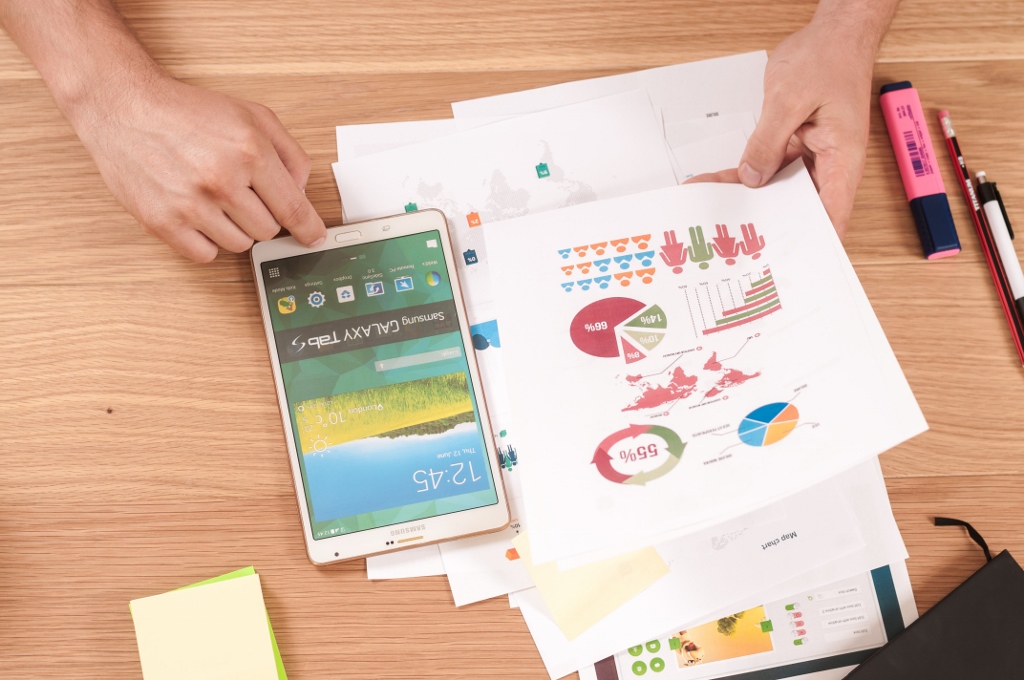
Analyzing the data is a major part of the experiment, once all the trials have been performed and all the data is collected. That analysis might include finding averages for how much time a certain process took, or how many bees visit certain flowers in a garden. As you learn more about the scientific method, your analysis should be more in depth. It should include percent change (%Δ) which is the change that occurs when you calculate the difference
It is represented by the following formula:
((y2-y1)/y1) *100
To determine the significance of your findings, it is important to continue the analysis with other statistical tests such as t-tests. All the results should be incorporated into tables and graphs so that it becomes easy to see the trends of the calculated results.
Once everything has been calculated, and the results have been analyzed, it is important to draw conclusions and offer some ideas for future testing and possible improvements in design and procedure. This is the part of the experiment where you can determine whether your results support your hypothesis or not. It is also the time to offer up a new hypothesis for future inquiry based on the results of the experiment.
Planning Each Step Is The
If you follow the scientific method, your experiment will be much easier to perform, the results will be much more reliable, you will be able to easily analyze your collected data and formulate conclusions. A science project can seem like a daunting task, but remember, even the most complex project is built from many smaller pieces, and your next science fair project is no different. If you break the project down into smaller pieces, plan out the experiment, and follow the scientific method, you will be on your way to success!
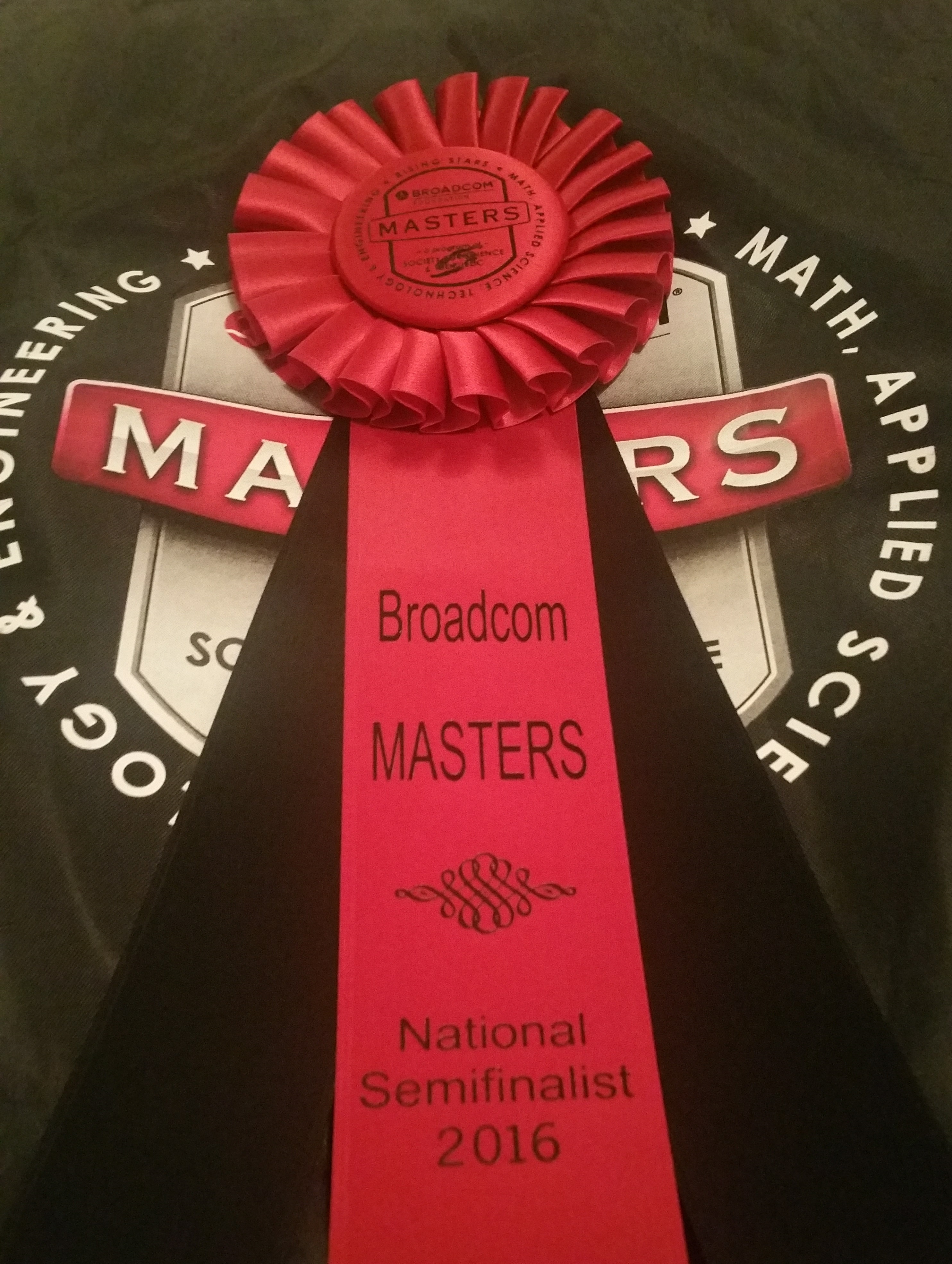
Good luck in the coming year and let me know what you think. I will be glad to try to offer suggestions.
Enjoy,
Rachel

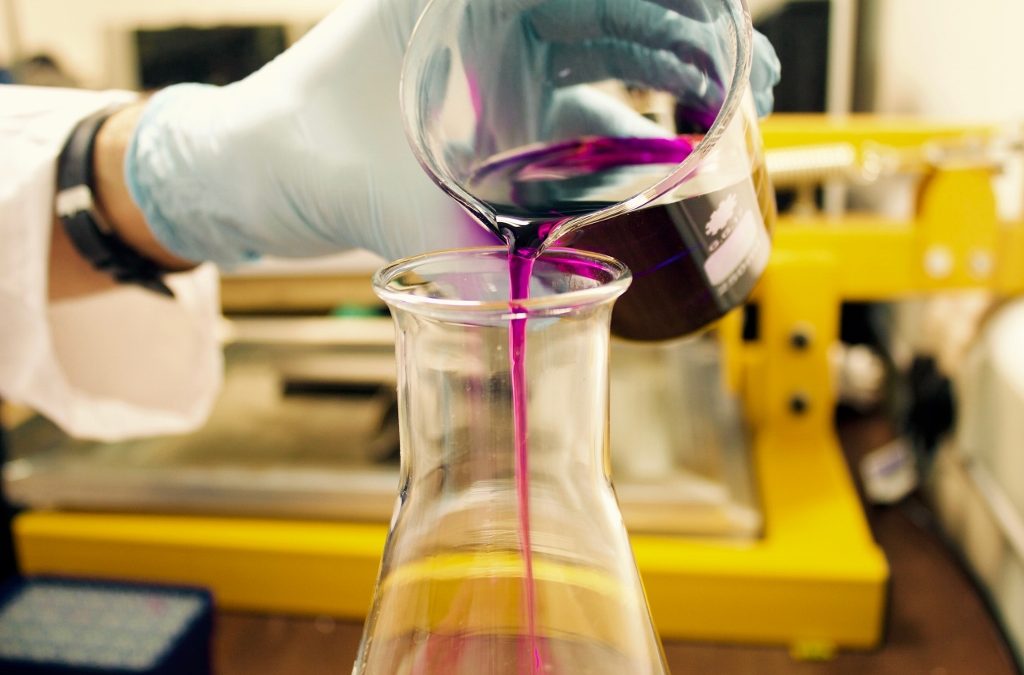
Recent Comments